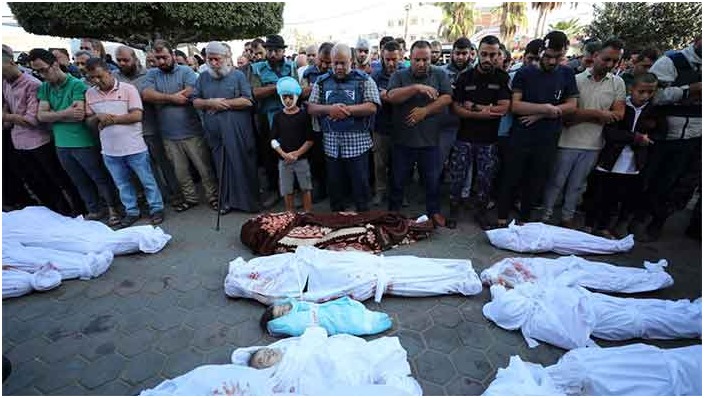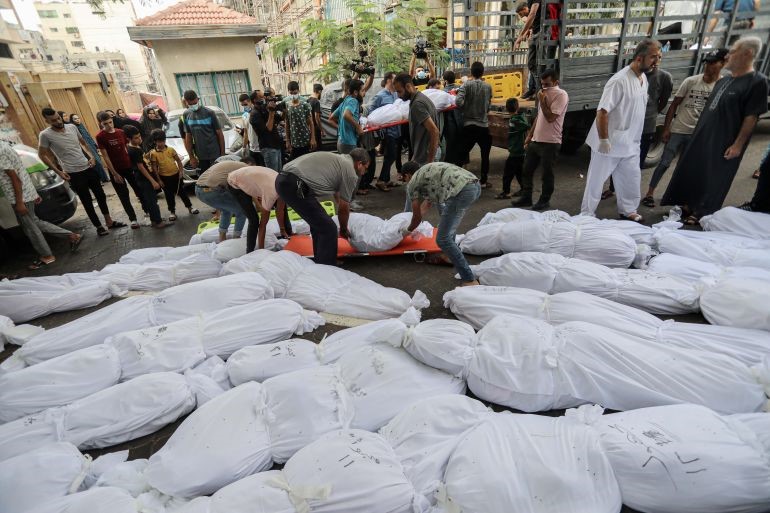INDIA - 4 NAXAL STRIKES IN 72 HOURS
0 comments | by RASMI DROLIA & JOESPH JOHN

Fear is the key. This dictum is used by Naxals to hold on to their territory in Bastar whenever the y find the ground slipping beneath their feet. Therefore, it was not without reason that the Reds unleashed a spate of violence through four attacks in 72 hours, killing at least 13 Indian combat personnel and injuring scores others.
The last of four attacks, at Kirandul-Cholnar in Dantewada district in which Naxals used 100kg explosive and an under barrel grenade launcher to blow up an armoured anti landmine on Monday- was intended to send a singular message both to the forces and villagers. Revenge. The reason was the setting up a police post at Cholnar just two months ago. In fact lack of knowledge about terrain cripples operations against the Naxals
"The Maoists were agitated ever since the police post was set up in February. This barred them from entering 100 villages which they ruled earlier. They coaxed the locals to take out rallies in protest of the police camp. But in vain," Dantewada SP Kamalochan Kashyap told TOI.
Analysts in Bastar said that while the attacks appeared sudden, they were meticulously planned and executed.
"Spot investigations showed that the IED that triggered the Kirandul-Cholnar blast was planted long back but Maoists took their own time to analyse and observe movement of police vehicles. They do their homework well," said a police official at Dantewada.
He added that Maoists took time to dig large crater very near to spot of the blast, hid behind bushes and also selected a small bridge as target, where usually the vehicles slow down. "The slowing down of vehicles gave time to rebels to trigger the blast," he said.
In fact, the Kirandul-Cholnar blast was intended to send a bigger message as SP Kashyap himself could have been the target, according to intelligence inputs. He confirmed to TOI that he had crossed the route and was on his way to Bacheli town to alert forces following an attack on a BSF patrol less than 24 hours ago. He returned within minutes when he heard about the blast. "I returned to the spot in 15 minutes while the firing was still on," he said.
A senior police officer who was earlier posted as IG, Bastar, said that the sudden surge of Maoist violence could be attributed to surrender by a large number of cadres in recent times. "Of late, the Maoists were on back foot. The surge in violence is meant to boost the cadre's morale," he said.
Therefore, it is not surprising that the Naxals' annual Tactical Counter Offensive Campaign (TCOC), characterised by massive bloodletting from April to early July, kicked off much earlier this year. Additional DGP (Naxalite Operations) Rajinder Kumar Vij told TOI that this time, Naxal violence began in February, much before the summer months. "Certainly, the sudden surge in Naxal violence coincides with the TCOC," he said.
Significantly, the Naxal violence, unleashed just a couple of days before the inauguration of Raman Singh government's Lok Suraj Abhiyan, was clearly intended to jeopardise government's mass contact programme in the Naxal-hit areas.
This is not the first time when Naxals have struck in retaliation to government efforts to reach out to people. Naxals have only followed a pattern. Salwa Judum founder Mahendra Karma, along with other Congress leaders, was killed in an attack when his Jan Jagran Abhiyan was at its peak.
They seem to have partially succeeded in intimidating security men. "They can kill us whenever they want to. It’s a war zone. Keeping a low profile, we remain in camps, behave well with villagers and send a positive message to rebels, which is why we are alive till date," a CRPF company commander posted at South Bastar told TOI on conditions of anonymity





